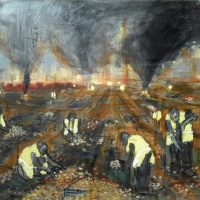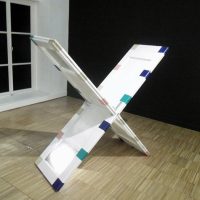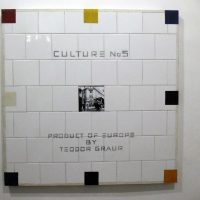The issues of Europeanness or the question of centre and periphery are often mentioned in the last decade’s cultural discourse, but the latter has become pointless by now in a particular aspect. The political censorship and limits given by the Iron Curtain are over, the global political situation of Eastern-Europe has changed, but the harsh, emblematic discrimination of the region, particularly in Europe is still present. The works and reflections of people, artists experiencing the great deficiency of democracy, has become the part of the processing of the determining period of universal history.
Imre Bukta and Teodor Graur – both born in the 1950’s- created critic artworks yet in the communist era and observed intensely the system’s operational mechanism, thus their works, approach have become the emblematic part of the area’s cultural self-identity. Since the second half of the 1970’s, Imre Bukta has been reflecting with his artworks and performances on the socialist, rural way of living, the absurd situations of people turning from the status of a peasant to workers of co-operatives. In the artworks, realized with brave irony, he’s focusing on the tools and labours of ordinary rural life and on people’s everyday or festive moments.
The new avant-garde approach of Graur had been already adopting the idea of recycling when recycling was not yet in fashion. While Graur examines the remained objects of the past of urban life and recontextualises them, Imre Bukta’s artworks involve the iconic objects of suburban or rural life.
The exhibition presents different lifestyles of two Eastern-European countries with the same past by introducing autonomous artworks reflecting each other.



